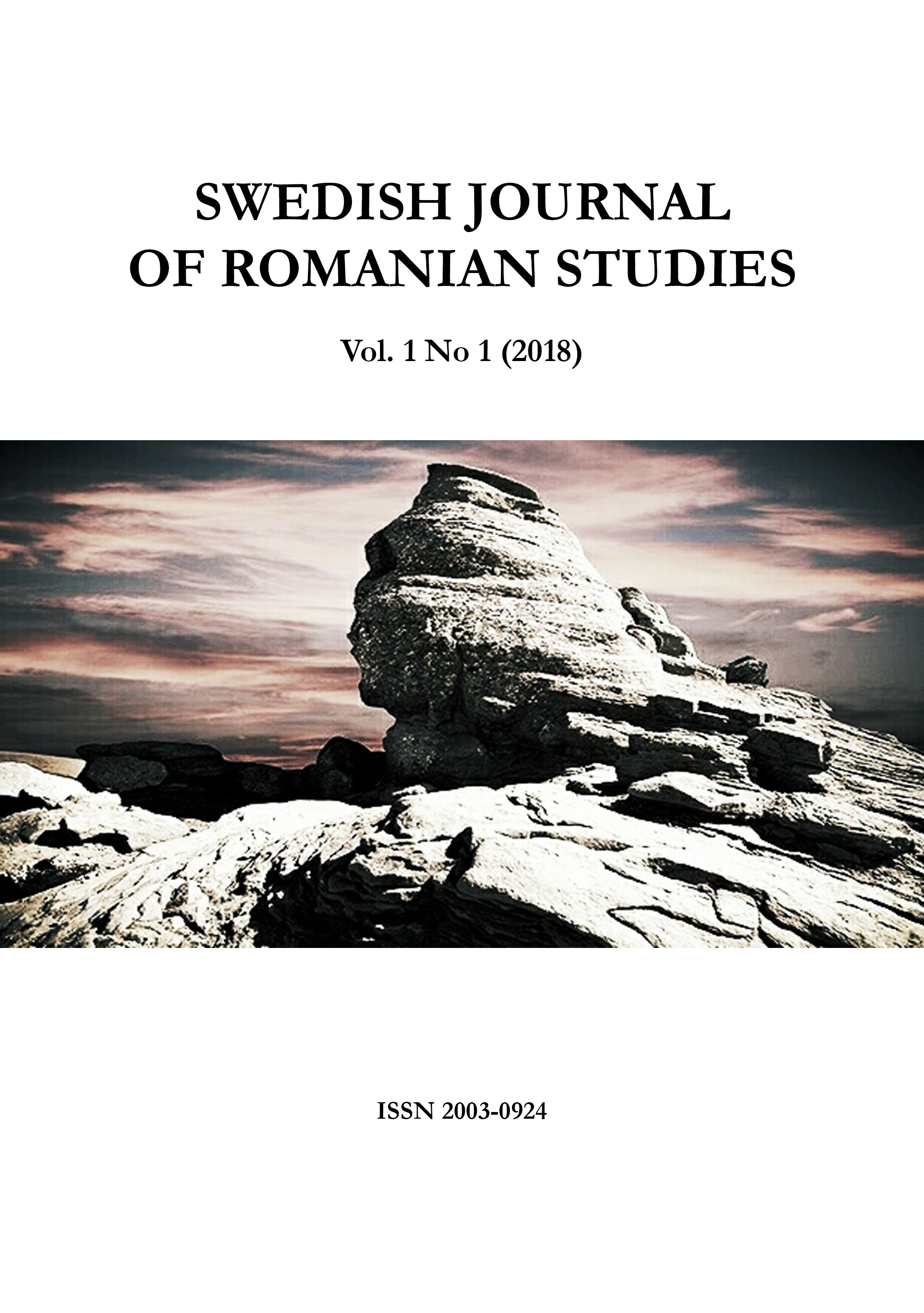Building a lieu de memoire in Romanian Consciousness: From Sorin Ilieşiu's Documentary "Queen Marie-The Last Romantic, the First Modern Woman" to the Golden Room in Pelişor Castle
Building a lieu de memoire in Romanian Consciousness: From Sorin Ilieşiu's Documentary "Queen Marie-The Last Romantic, the First Modern Woman" to the Golden Room in Pelişor Castle
Author(s): Marina-Cristiana RotaruSubject(s): Gender Studies, Architecture, Visual Arts, Gender history, Culture and social structure , Social development, Social differentiation, Sociology of Culture, Interwar Period (1920 - 1939), WW II and following years (1940 - 1949), Post-War period (1950 - 1989), Transformation Period (1990 - 2010), Present Times (2010 - today), History of Communism, Post-Communist Transformation, Cultural Essay, Political Essay, Film / Cinema / Cinematography
Published by: Språk- och litteraturcentrum, Lunds Universitet
Keywords: Queen Marie of Romania; historical documentary; visual representation; lieu de mémoire; social semiotics
Summary/Abstract: In 2018 Romania will celebrate the centenary of the Union of 1918, or the Great Union, when all Romanian provinces united into one state: Great Romania, a national ideal which Romanians strove for and achieved on the battlefield and which the Trianon Treaty of 1920 confirmed. For such a time as this hundredth anniversary, it is only natural to call to mind people who made this ideal come true. Queen Marie is rightly considered one of the artisans of the Great Union, being regarded at the time and afterwards as “the living consciousness of Romanian unity, the symbol of confidence in final victory” (Boia 2001: 208). This article aims to investigate the manner in which the queen’s memory is kept alive, and draws on two distinct attempts to portray the queen: Sorin Ilieşiu’s documentary Queen Marie – The Last Romantic, the First Modern Woman and the Golden Room in Pelişor Castle, Queen Marie’s official residence in Sinaia, the royal resort in the Carpathians. These two attempts illustrate how present-day Romanian society tries to regain parts of a common memory that was purposefully obliterated by the communist regime, and strives to rediscover and remap places of their shared memory. My analysis of Ilieşiu’s portrayal of the queen is circumscribed to the field of social semiotics, mainly to the concepts of “distance”, “angle” and “gaze” which Theo van Leeuwen uses in the visual representation of social actors. In my investigation of memory remapping, I draw on Pierre Nora’s concept “lieu de mémoire” and aim to prove that the Golden Room in Pelişor Castle, a place that reflects the personality of the chatelaine and where the queen symbolically reconnected with her origins, has turned into a realm where Romanians have access to a part of their memory which communism did its best to extirpate.
Journal: Swedish Journal of Romanian Studies
- Issue Year: 1/2018
- Issue No: 1
- Page Range: 106-131
- Page Count: 26
- Language: English

